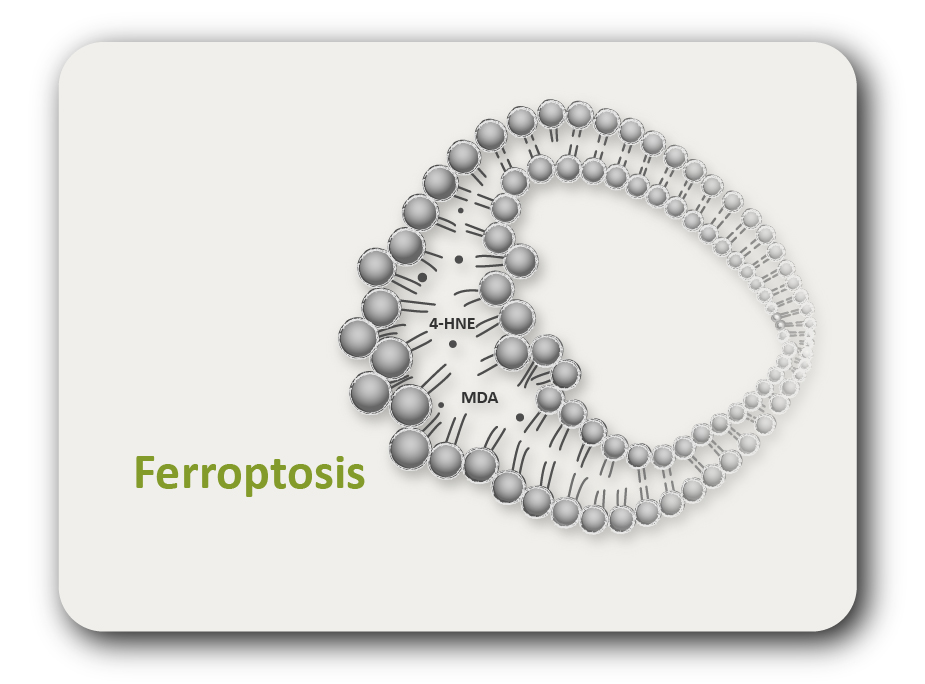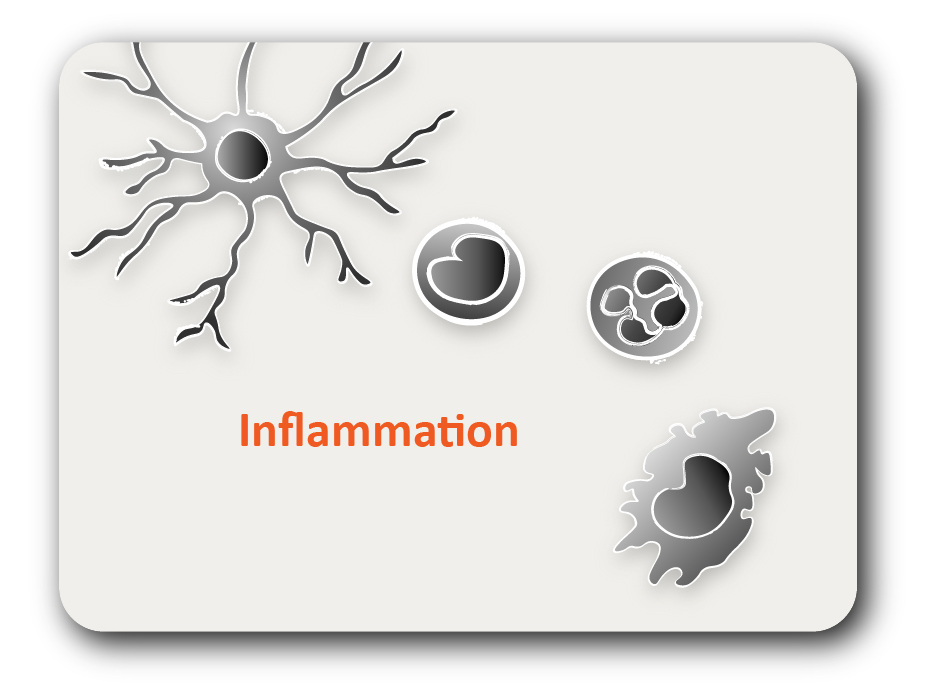ARG45724
anti-CD1d antibody
anti-CD1d antibody for IHC-Formalin-fixed paraffin-embedded sections,Western blot and Human
Overview
| Product Description | Rabbit Polyclonal antibody recognizes CD1d |
|---|---|
| Tested Reactivity | Hu |
| Tested Application | IHC-P, WB |
| Host | Rabbit |
| Clonality | Polyclonal |
| Isotype | IgG |
| Target Name | CD1d |
| Antigen Species | Human |
| Immunogen | Synthetic peptide corresponding to N-terminal region of human CD1d. |
| Conjugation | Un-conjugated |
| Alternate Names | CD1D; CD1d Molecule; Antigen-Presenting Glycoprotein CD1d; CD1D Antigen, D Polypeptide; CD1d Antigen; R3G1; HMC Class I Antigen-Like Glycoprotein CD1D; Differentiation Antigen CD1-Alpha-3; T-Cell Surface Glycoprotein CD1d; Thymocyte Antigen CD1D; CD1A; R3 |
Application Instructions
| Application Suggestion |
|
||||||
|---|---|---|---|---|---|---|---|
| Application Note | * The dilutions indicate recommended starting dilutions and the optimal dilutions or concentrations should be determined by the scientist. | ||||||
| Observed Size | 31 kDa |
Properties
| Form | Liquid |
|---|---|
| Purification | Affinity purified |
| Buffer | 0.9% NaCl, 0.2% Na2HPO4, 0.05% Thimerosal, 0.05% Sodium azide and 5% BSA. |
| Preservative | 0.05% Thimerosal and 0.05% Sodium azide |
| Stabilizer | 5% BSA |
| Concentration | 0.5 mg/ml |
| Storage Instruction | For continuous use, store undiluted antibody at 2-8°C for up to a week. For long-term storage, aliquot and store at -20°C or below. Storage in frost free freezers is not recommended. Avoid repeated freeze/thaw cycles. Suggest spin the vial prior to opening. The antibody solution should be gently mixed before use. |
| Note | For laboratory research only, not for drug, diagnostic or other use. |
Bioinformation
| Database Links |
Swiss-port # P15813 Human Antigen-presenting glycoprotein CD1d |
|---|---|
| Gene Symbol | CD1D |
| Gene Full Name | CD1d Molecule |
| Background | This gene encodes a divergent member of the CD1 family of transmembrane glycoproteins, which are structurally related to the major histocompatibility complex (MHC) proteins and form heterodimers with beta-2-microglobulin. The CD1 proteins mediate the presentation of primarily lipid and glycolipid antigens of self or microbial origin to T cells. The human genome contains five CD1 family genes organized in a cluster on chromosome 1. The CD1 family members are thought to differ in their cellular localization and specificity for particular lipid ligands. The protein encoded by this gene localizes to late endosomes and lysosomes via a tyrosine-based motif in the cytoplasmic tail. Two transcript variants encoding different isoforms have been found for this gene. [provided by RefSeq, Jan 2016] |
| Function | Antigen-presenting protein that binds self and non-self glycolipids and presents them to T-cell receptors on natural killer T-cells. [UniProt] |
| Cellular Localization | Cell membrane; Endoplasmic reticulum; Endosome; Lysosome; Membrane. [UniProt] |
| Calculated MW | 38 kDa |
| PTM | Disulfide bond; Glycoprotein. [UniProt] |





